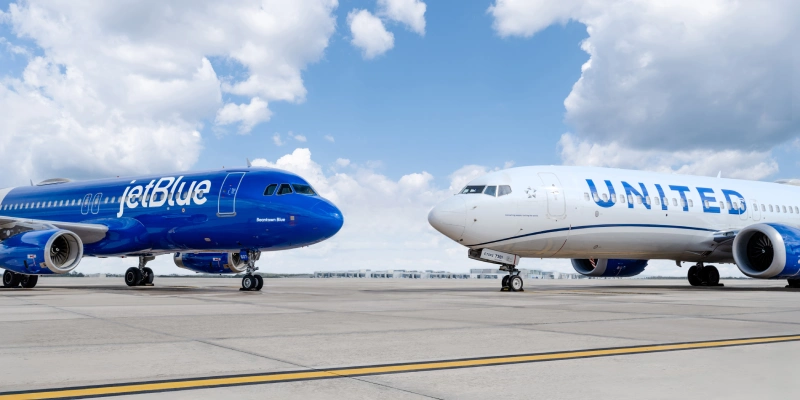Low-cost airlines have been able to adapt better to this panorama of uncertainty as they are less exposed to long-distance international traffic, which has been seriously altered by the health crisis, according to research by the UOC that analyses the long-term effects of low-cost airlines on European airports from 2001 to 2019.
See also: Why did airfares fall to record lows in the U.S.?
The study reveals that the coronavirus pandemic has caused a sharp drop in travel, especially to other countries, EuropaPress reported.
The data reflects that in the second quarter of this year, the decline in airline revenue reached 80% compared to 2019, with an almost total shutdown of the passenger fleet, according to the International Air Transport Association (IATA).
See also: IATA says COVID-19 Testing and Continued Financial Support Crucial to Save Air Transport.
“COVID-19 has caused the biggest crisis in aviation history. By 2020, the airline industry will have a drop of more than 50% in the supply of seats, almost 3,000 million fewer passengers and 400,000 million dollars in lost revenue,” estimates Pere Suau-Sanchez, senior researcher at the SUMA group (Sustainability and Management Research Group), from the Economics and Business Studies Department of the Universitat Oberta de Catalunya (UOC), and an expert in air transport.
Although these data affect the entire sector, low-cost airlines have proven to adapt better to this panorama of uncertainty. This is what Suau-Sánchez says in a study published in the Journal of Transport Geography, in which Edgar Jiménez, from Cranfield University (United Kingdom), also participates.
According to the study, these airlines have been more resilient than traditional ones, as they are less exposed to long-distance international traffic, which has been seriously altered by the health crisis.
The decline in seats offered during March and April 2020 was much more pronounced in traditional airlines than in low-cost airlines, while the recovery trend as travel restrictions have been lifted is similar in both types of companies.
“Low-cost airlines operate in regional (intra-continental) markets and consequently have less exposure to the dynamics of long-range (intercontinental) markets, which were the first to close in early February and have been the most inactive in the recovery due to government-determined restrictions,” explains the UOC researcher.
Related Topics
Iberia Launches Only Direct Connection Between Madrid and Orlando
Alaska Airlines Resumes Operations After Technical Failure That Forced Flight Suspension
Air Canada Announces Major Expansion at Billy Bishop Toronto Airport with New U.S. Flights
First Major Benefit of JetBlue and United’s “Blue Sky” Alliance: Earning and Redeeming Points on Both Airlines
Líder en noticias de aviación




